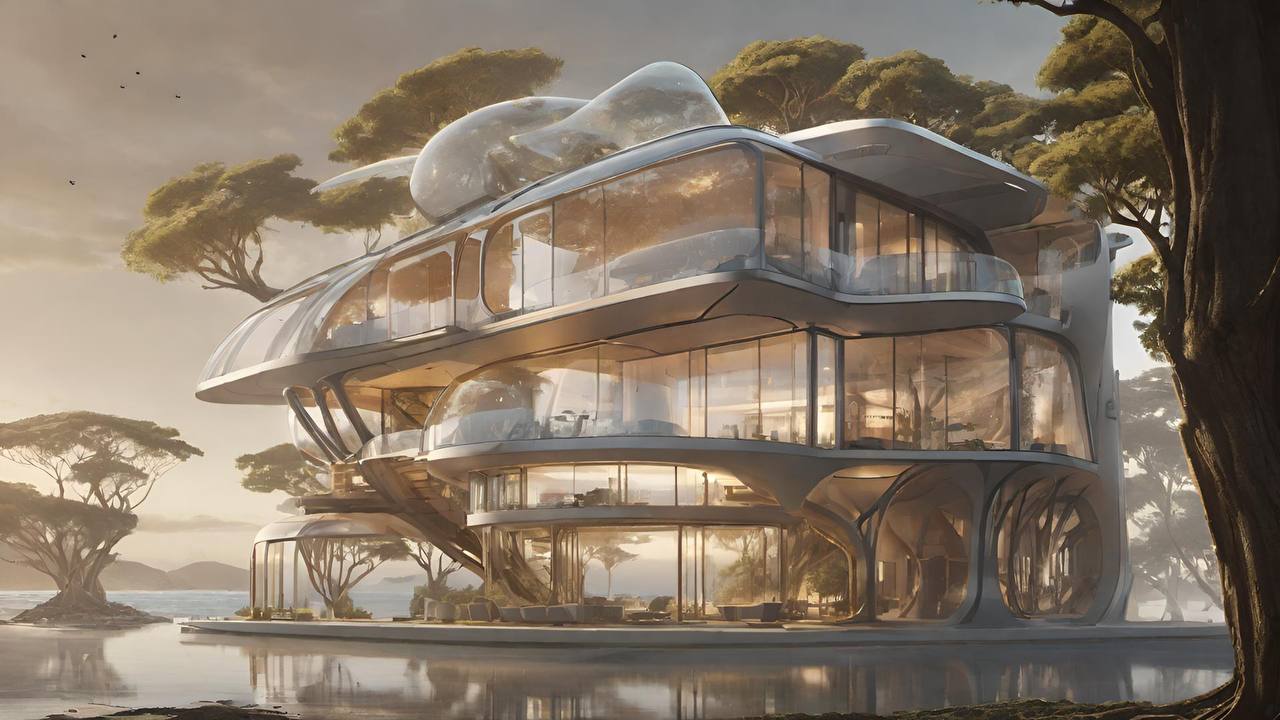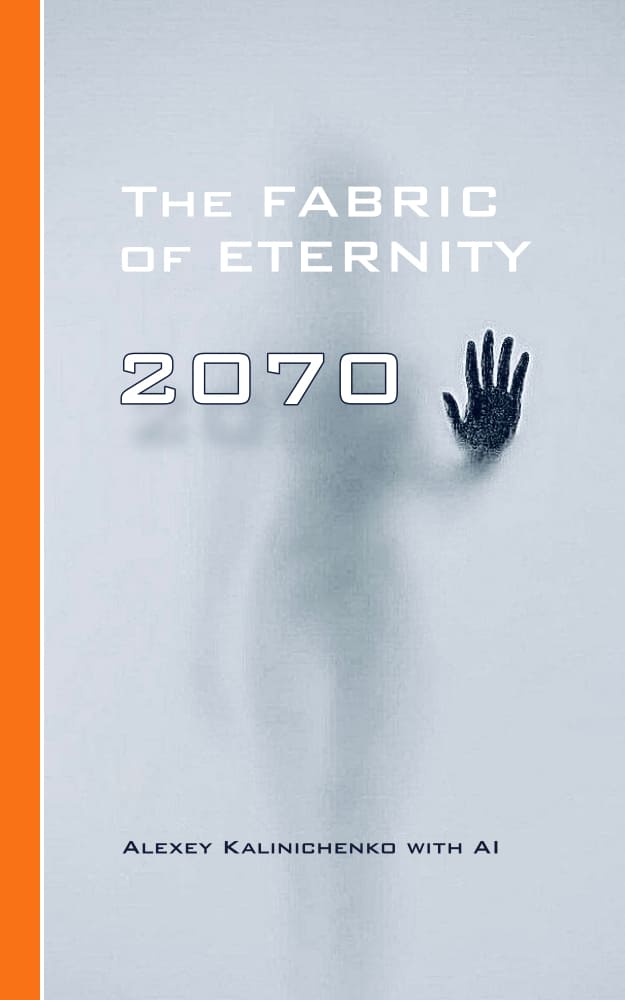1. Choosing the Region
For the placement of "Novo-Sphere," an optimal region with a warm climate, stable political environment, and resource availability is required. A warm climate reduces heating costs and facilitates the implementation of renewable energy solutions such as solar and wind power. For example, Masdar City in Abu Dhabi, designed for 50,000 residents, runs entirely on renewable energy, with autonomous electric transport, water desalination, and waste recycling that even a desert climate can sustain a high-tech, sustainable city.

Economically, a coastal location near transport hubs is advantageous. Access to maritime routes simplifies the import of materials during construction and allows for future exports. Seawater desalination plants can supply fresh water. Suitable locations include the Mediterranean coast or the Persian Gulf, which are already attracting major investments in innovation. The NEOM project in Saudi Arabia, with an estimated budget of $500 billion, is an example of a futuristic city being built in such a region .
Geopoors are also important. The chosen region should be politically stable, with legislation favorable for the creation of a special economic zone (SEZ). This attracts international investors and high-tech companies. Ideally, the host country should provide tax incentives and support the city's experimental status. The location should also be safe from natural disasters, away from earthquake-prone areas and frequent hurricanes.
Final Recommendation
A coastal region in a warm climate with governmental support, allowing the city to be built from scratch without interfering with existing infrastructure, is the best choice.
2. Infrastructure

A futuristic city whegh-tech seamlessly merge.
The infrastructure of "Novo-Sphere" will integrate transportation, energy, housing, communication networks, and ecological systems into a single smart ecosystem. The city follows the “15-minute accessibility” principle, ensuring that housing, workplaces, schools, and healthcare facilities are all within walking distance or connected via autonomous transport systems .
At least 40% of the urban areadicated to green spaces, including parks, rooftop gardens, and urban farms . This ratio is comparable to the world’s greeneses, such as Songdo (South Korea), which also reserves 40% of its space for greenery . Such planning lowers temperatures, improves air qualenhances well-being.
Smart Transport & Logistics
"Novo-Sphere" will be a car-free city.
- Autonomous electric shuttles and drone taxis will replace private cars.
- A high-speed metro or monorail will connect the city’s districts.
- Cargo drones and underground tunnels will be used for deliveries, keeping streets free of heavy transport.
Renewable Energy & Water Management
- Solar and wind energy will be the main power sources.
- A 10 km² solar farm will supply ~730 GWh/year, enough to support 100,000 residents.
- Energy storage via large-scale battery systems and hydrogen fuel cells will ensure 24/7 electricity supply.
- Desalination plants and water recycling will ensure up to 90% water reuse.
Waste Management
- Zero waste policy: All waste will be either recycled or converted into bioenergy .
- Automated pneumatic waste collection: Trash will be transport to recycling plants.
Housing & Public Spaces
- 3D-printed smart homes with AI-managed climate control.
- IoT-based urban monitoring: Sensors for air quality, traffic, waste levels, and water supply.
- Smart grid energy balancing system, optimizing electricity distribution in real-time.
3. AI & Automation Technologies

Novo-Sphere’s key innovation is its AI-driven governance.
The city will have a centralized AI operator ("City OS"), managing:
- Energy distribution (balancing solar/wind generation with real-time consumption).
- Transportation flows (autonomous public transport and drone delivery).
- Food production (automated urban farms and synthetic food production).
- Medical services (AI-driven diagnostics and robotic surgeries).
- Security & emergency response (predictive crime prevention and disaster management).
The entire city will function as an IoT-based ecosystem, with millions of interconnected sensors feeding data into AI-powered decision-making systems .
Self-Sufficient Industry
- Autonomous factories will manufactureg the city needs.
- Construction robots and 3D printing will rapidly build infrastructure.
- AI-optimized agriculture and synthetic food production will provide 50% of the city’s food needs locally .
4. Construction Phases (2025–2035)

The city will be built in four phase, following a strategic roadmap:
Phase 1 (2025–2027): Infrastructure & Energy
- Land preparation, legal setup, and permits.
- Construction of renewable energy plants (solar, wind, and battery storage).
- Deployment of underground utilities (water, sewage, communication lines).
- Development of AI governance platform & initial IoT infrastructure.
Phase 2 (2028–2029): First Residential Districts (20,000 residents)
- 3D-printed housing for 5,000 households.
- First hospitals, schools, and commercial areas open.
- Pilot autonomous transport systems (shuttles, drone taxis).
- First residents move in and test AI-driven services.
Phase 3 (2030–2031): Expansion to 50,000 Residents
- Additional neighborhoods, parks, and social services.
- Smart metro or monorail system is operational.
- Major AI refinements based on real-world feedback.
Phase 4 (2032–2035): Full-Scale Deployment (100,000 Residents)
- Completion of residential and commercial zones.
- 100% local renewable energy and food supply.
- Smart governance system fully optimized.
5. Economic Feasibility & Funding

The estimated cost is $30–40 billion, funded by:
- Government grants (30%) – Funding from national and international agencies.
- Private investors & tech companies (40–50%) – Construction & AI companies investing in experimental urban solutions.
- Venture capital & crowdfunding (10–20%) – Fundraising through tokenized city assets.
The financial model follows a Public-Private Partnership (PPP) approach, where investors gain returns from:
- Commercial leasing of office spaces to AI startups & tech firms.
- Licensing the AI city-management software to other smart city projects.
- Revenue from tourism & conferences in the city’s innovation hub.
6. Social Structure & Quality of Life

"Novo-Sphere" will eliminate traditional economic inequalities through Universal Basic Assets (UBA):
- Housing, healthcare, food, and education will be provided for free via AI-managed distribution .
- Money will be largely obsolete for daily life; resources will be allocated based on real needs. t will be optional** – people will work for personal fulfillment, not for survival.
- Personal AI assistants will handle all routine tasks, freeing time for creativity and self-development.
- will be a hybrid of direct democracy & AI-driven efficiency, where citizens vote on policies while AI ensures transparent, optimal decision-making .
Cultural & Educational System
- Personalized AI-driven education for every resident.
- VR-based entertainmllaboration spaces, and open knowledge-sharing platforms.
- Community-driven projects & urban development programs, where every citizen has a role.
Conclusion
The "Novo-Sphere" smart city will redefine urban living by merging AI, automation, and human-centered design. With autonomous resource management, sustainable energy, and a post-monetary economy, it aims to become a blueprint for future cities worldwide.
Thanks to Neuro-Architect SenyKay for providing the images.
Ready to invest?
You can invest any amount by sending TON coins to the ALLTORION address, adding the following text to the transaction comment:
I, [ Your First and Last Name, @telegram_username ], invest the amount of this transaction in the Smart city Novo Sphere Project under the conditions described on website: https://alltorion.one/
TON wallet address for sending transaction:
UQBG1VFnrzDNkvU0FJwoZIiUimWAoIJjOasVmIsYrgIQV1BD
Recommended App for creating a TON wallet: Ton Keeper


